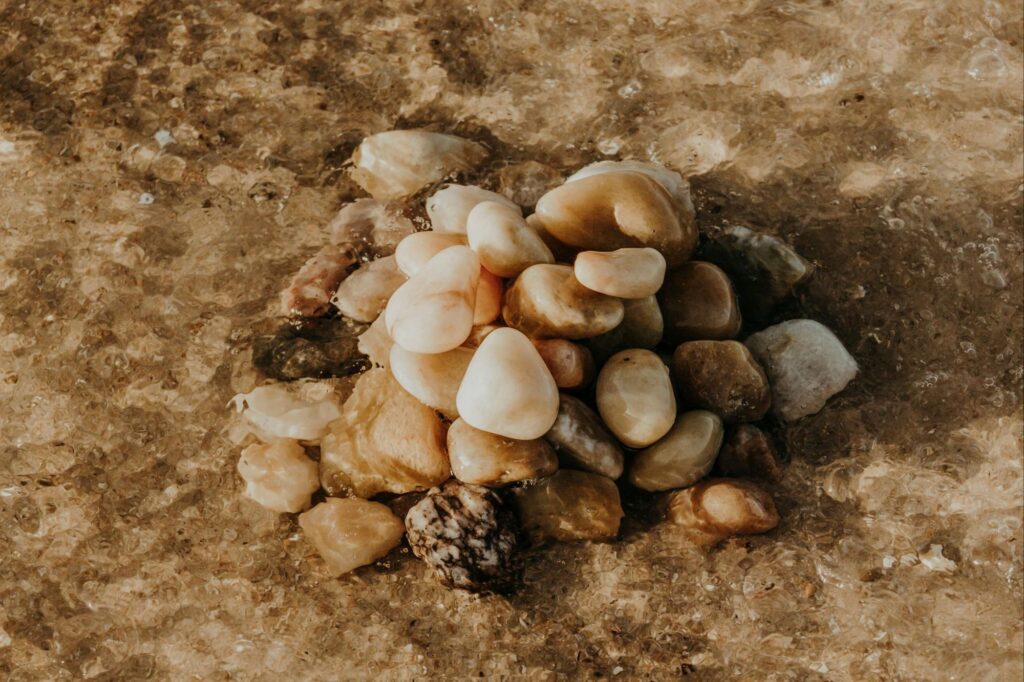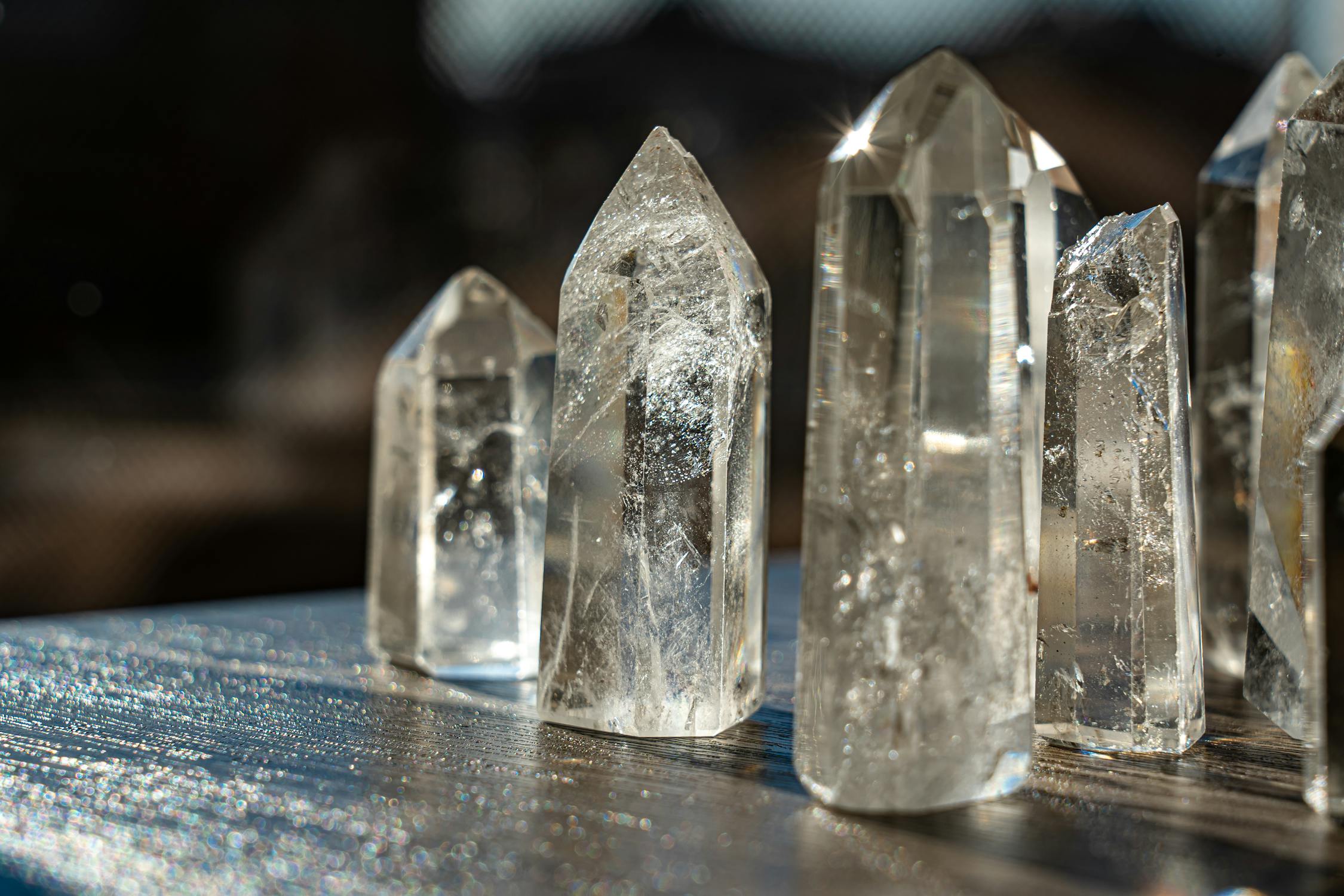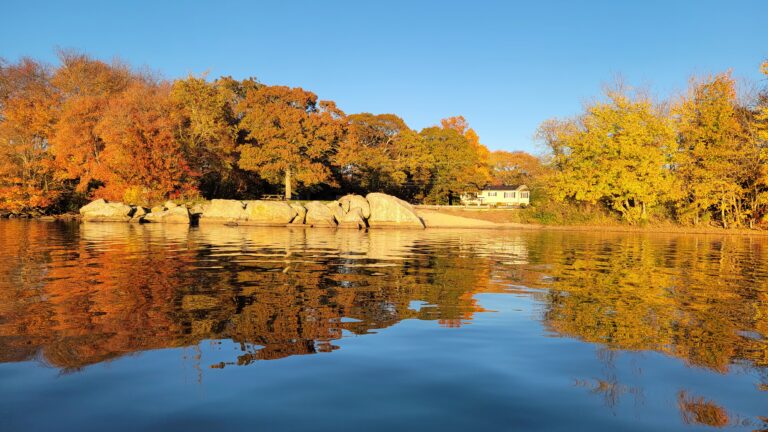The Geological Riches of Sawdy Pond: Types of Stones and Minerals in Westport, Massachusetts

Sawdy Pond, located in Westport, Massachusetts, is not just a picturesque body of water surrounded by natural beauty; it’s also a treasure trove of geological wonders. The area is known for its diverse geological formations and the presence of various types of stones and minerals that have fascinated geologists, mineral enthusiasts, and nature lovers alike. Here, we’ll delve into the geological history of Sawdy Pond and explore the types of stones and minerals you can find in and around this fascinating area.
- Quartz:
One of the most abundant minerals in the region is quartz. Found in various forms, including clear, amethyst, and smoky quartz, this mineral is a popular choice for collectors and jewelry enthusiasts. Quartz crystals are often discovered in the rocky outcrops surrounding the pond and in the local streambeds. - Mica:
Mica, known for its shiny, flaky appearance, is another mineral commonly found in the Sawdy Pond area. It’s often embedded within the granite formations that can be seen in the vicinity. The unique properties of mica make it valuable for both industrial purposes and in the world of art. - Feldspar:
Feldspar is a common mineral found in the granite rocks around Sawdy Pond. It comes in various colors, but the most prevalent in the region is a pinkish variety. Feldspar is a key ingredient in the production of ceramics and glass, making it a valuable resource in the area. - Garnets:
Garnets, the deep red gemstones known for their exquisite beauty, can also be found in this region. While they may not be as plentiful as quartz or feldspar, the presence of garnets adds to the area’s geological allure. - Pegmatite:
Pegmatite is a coarse-grained igneous rock that can be seen in the outcrops around Sawdy Pond. These rocks often contain large, well-formed crystals of various minerals, including quartz, feldspar, and mica. Collectors are drawn to these unique geological formations for their aesthetic and scientific value. - Granitic Gneiss:
The region’s geological composition is primarily granitic gneiss, a metamorphic rock with alternating layers of light and dark minerals. This rock type contributes to the varied landscape around Sawdy Pond and plays a significant role in shaping the region’s geological history. - Actinolite:
Actinolite is a green amphibole mineral that can be found in the area. It’s often seen as slender prismatic crystals, and its presence in the region contributes to the rich diversity of minerals in Westport, Massachusetts. - Pegmatite Veins:
The pegmatite veins that traverse the landscape around Sawdy Pond are of particular interest to mineral enthusiasts. These veins can contain an array of minerals and have been explored for their unique specimens for many years.
Conclusion:
Sawdy Pond and its surroundings are a geological paradise, offering a wide range of stones and minerals that have captured the imagination of geologists and collectors. The region’s rich geological history, characterized by granitic gneiss, pegmatite veins, and a variety of minerals like quartz, mica, and feldspar, makes it a unique and valuable site for anyone interested in the Earth’s geological treasures. The presence of these stones and minerals enhances the natural beauty of the area, making it a must-visit destination for those who appreciate both the aesthetic and scientific aspects of geology.






